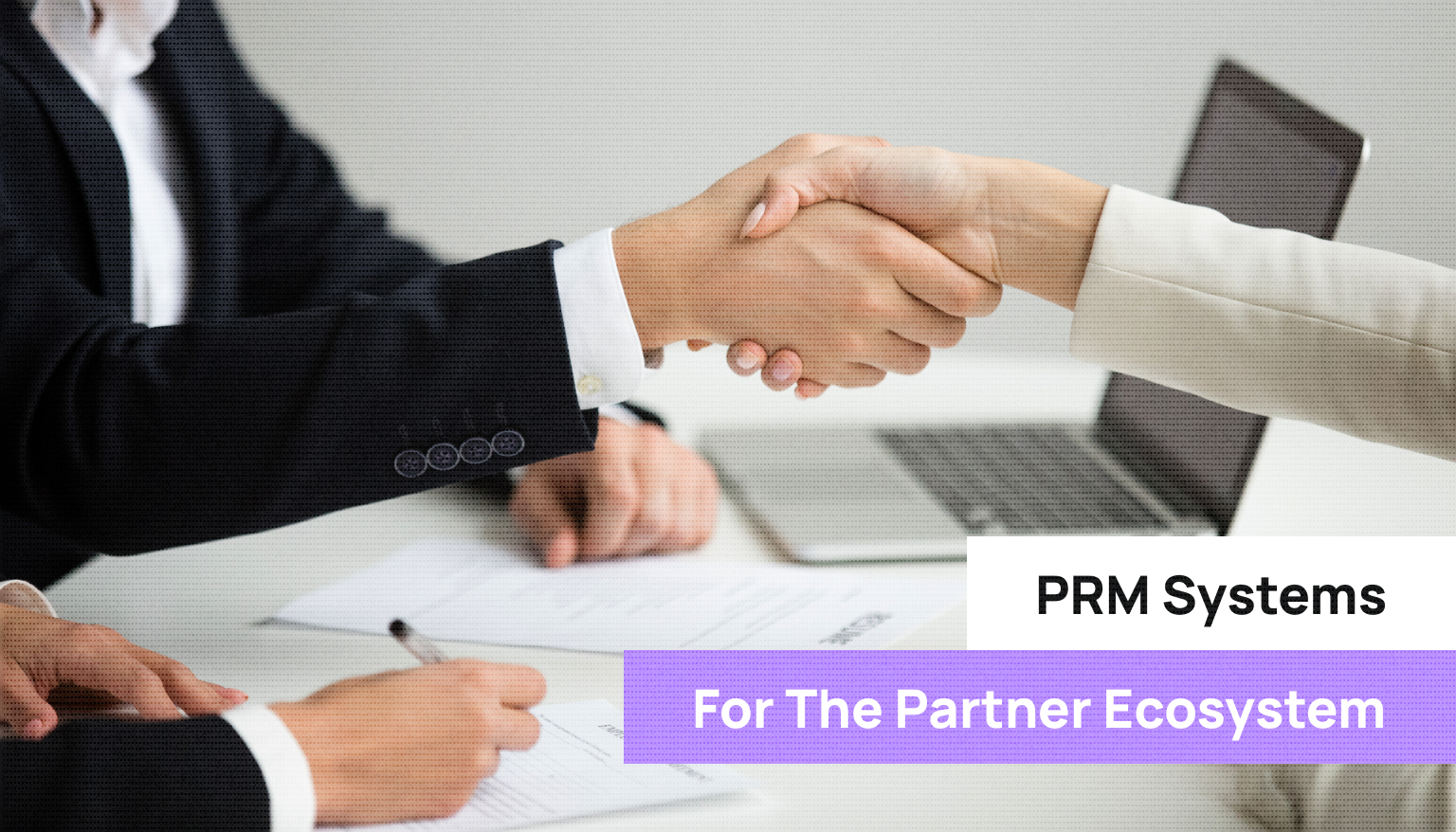PRM for the Partner Ecosystem: Relationships, Collaboration & Growth

Partner ecosystems are networks of collaboration between companies where different participants join forces to achieve common goals. They provide companies with the opportunity to expand their markets, gain access to new customers and services, and help reduce competition by working together and sharing resources.
In this article, we'll look at how PRM systems help companies establish cooperation with partners, optimize interaction, and contribute to joint growth.
PRM (Partner Relationship Management) is a strategy and technology for managing relationships with partners who sell or promote your product or service.
PRM systems enable companies to better understand the needs of partners, set up joint sales and marketing processes, and provide support and tools for mutual business growth.
Benefits of using PRM systems
Process automation
PRM systems allow you to automate many routine operations, such as order accounting, payment tracking, and report generation. This reduces the risk of errors and increases productivity.
Analytics and reporting
PRM systems allow you to analyze the results of partnerships and create detailed reports. This helps you make informed decisions and identify opportunities for improvement.
Saving time and resources
PRM systems save time and resources that were previously spent on manual operations and data processing. This allows you to focus on strategic tasks and business development.
Components of a successful PRM system
Integration with other systems
- Synchronization with CRM (Example: Automating the transfer of contacts from CRM to PRM to ensure data consistency)
- Connectivity with ERP systems (Example: Real-time inventory updates to coordinate logistics operations)
- Integration with marketing platforms (Example: Using the same marketing materials to create a consistent brand message)
Partner base management
- Partner registration (Example: Automated onboarding system with a personalized interface)
- Segmentation for a personalized approach (Example: Partner division by geography, business size, and specialization)
Content and resource management
- Providing marketing materials (Example: Online portal with resources that partners can customize to their needs)
- Access to sales tools (Example: Mobile apps for quick access to product information)
Analysis and reporting
- Tracking partner sales (Example: Sales analytics for each partner)
- Analyze the effectiveness of the affiliate network (Example: Using KPIs to determine the ROI of affiliate programs)
Establishing effective interaction
Developing partnerships
- The key principles of cooperation are to create mutual trust and openness in communications.
- Creating common goals and defining KPIs: Development of joint sales plans and marketing strategies.
Communication with partners
- Regular meetings and reports: monthly webinars to update information and discuss plans.
- Clear and open communication: use of chat tools to quickly resolve issues.
Motivation and training
- Develop a loyalty program and provide bonuses for achieving targets.
- Trainings and certifications for partners: organizing training courses to improve the skills of partners.
Joint product development
- Involvement of partners in product development: discussion and participation of both parties at all stages of implementation.
- Receiving feedback from partners: an opportunity to improve and adapt the product to market needs.
PRM systems are not just tools for managing partnerships, they are the foundation for creating a strong and long-term partner ecosystem that contributes to the growth and success of all participants.
If you want to implement a PRM system in your business, leave your contacts in the form. Our manager will contact you and offer the best solution for your tasks.




















